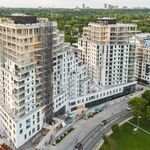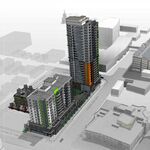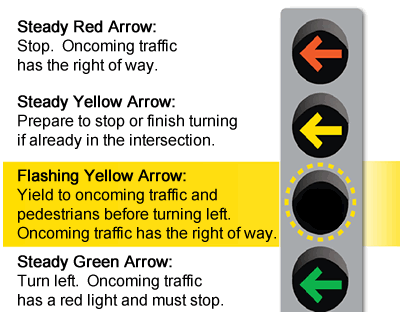DSC
Superstar
Member Bio
- Joined
- Jan 13, 2008
- Messages
- 19,249
- Reaction score
- 27,021
- Location
- St Lawrence Market Area
Actually, in Ontario we do not have a specific approved transit signal design (the white bar system that Walter Lis is always posting about!). If we did (and that needs Provincial action) it would certainly be clearer what they are for. Here 'transit signals' look very like regular traffic lights so signage is probably necessary.The TTC tends to 'oversign ........... I don't know how anyone could confuse transit signals with regular traffic signals.













